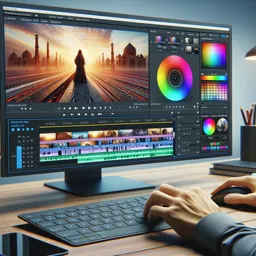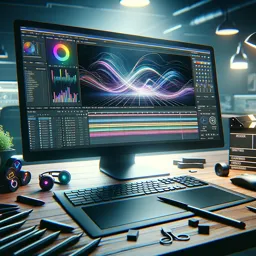CapCut is known for its user-friendly interface and powerful suite of video editing tools, making it a favorite among content creators for both short-form and long-form videos. One of the most impactful ways to make your edits stand out is through the use of creative transitions. In this article, we’ll guide you through the process of adding and customizing dynamic transitions in CapCut to elevate your video projects.
What Are Transitions and Why Use Them?
Transitions are visual effects used between clips to smoothly connect one scene to another. They can add energy, direct attention, and create a polished look. Whether you’re creating vlogs, tutorials, or promotional videos, the right transitions can engage your audience and improve your storytelling.
Step 1: Import Your Clips Into CapCut
- Open CapCut and start a new project.
- Tap the “Import” button and select the video clips you want to use.
- Arrange your clips on the timeline in the desired sequence.
Step 2: Access the Transition Tool
- After laying out your clips, look for the white vertical line between two clips on the timeline.
- Tap on this line to open the transition menu.
Step 3: Explore and Apply Transitions
- Browse through CapCut’s transition categories such as “Basic,” “Effect,” “Slide,” and “3D.”
- Tap a transition to preview it between your clips.
- Once satisfied, tap the checkmark to apply it.
- Repeat this process between other clips as desired.
Step 4: Customize Transition Duration and Effects
- After applying a transition, tap it on the timeline to adjust the duration by dragging the slider.
- Some transitions allow for further customization, such as direction or intensity. Explore these settings to personalize your effect.
Step 5: Preview and Export Your Project
- Hit the play button to review your video with the added transitions.
- If you’re satisfied, tap “Export” and choose your desired resolution to save your finished video.
Tips for Professional-Looking Transitions
- Be Consistent: Limit the number of different transitions for a cohesive look.
- Match the Mood: Use fast, energetic transitions for action scenes and more subtle effects for relaxed moments.
- Preview Frequently: Regularly preview your edits to ensure smooth flow and pacing.
Conclusion
Effective use of transitions in CapCut can transform ordinary cuts into stunning visual stories. By mastering CapCut’s transition tools, you’ll keep your audience engaged and give your videos a professional edge. Start experimenting today and see how creative transitions can make your projects shine!
































